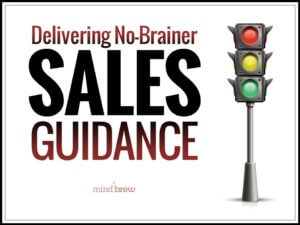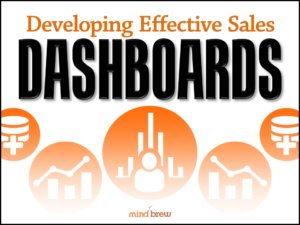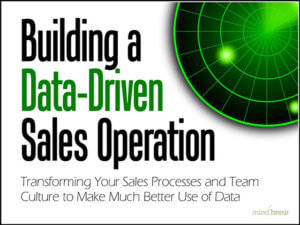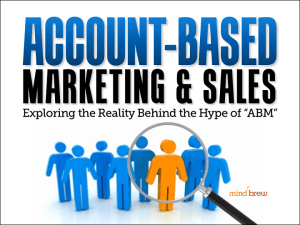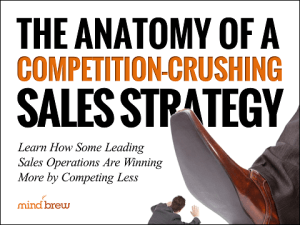If you have watched the movie Apollo 13, you’re familiar with the concept of load shedding — whether you realize it or not.
For those who haven’t seen it, the movie tells the real-life story of a moon mission that didn’t go according to plan. After an oxygen tank explodes, NASA mission control and the astronauts must work together to figure out how to keep the crew alive and return them safely to earth.
One of the things they did was load shedding. They powered down everything on the spacecraft that wasn’t absolutely essential. They hoped this would help them save enough battery power to slingshot around the moon and head back to earth. (Spoiler alert: it worked!)
You might also be familiar with the concept of load shedding if you’ve ever experienced rolling blackouts during unexpectedly cold or hot temperatures. When everyone wants to turn on their heat or air conditioning at once, electric utilities sometimes turn off the power to certain customers intermittently so that it doesn’t overwhelm the system (although this load shedding is rarely as well planned or executed as what happened with the Apollo 13 mission).
While the concept of load shedding originates with electrical systems, it also applies to attention. For example, plane designers have discovered that if they put too many gauges and dials in the cockpit, pilots become overwhelmed and find it difficult to make a decision when faced with an emergency. Modern avionics designers try to feed them just the right amount of information so that they can respond to the situation without wasting energy on information that doesn’t matter. Car designers and website designers do something very similar.
This concept of load shedding attention also applies when you are interacting with your sales team. You might be tempted to give them huge spreadsheets with multiple tabs or dashboards that highlight all the different kinds of data you have at your disposal.
But that would be a mistake.
They already have a lot of things on their mind. If you give them a whole bunch more data, they probably won’t be able to process it. Instead, do a little load shedding and give them just the most important pieces of information. When you think about it, they really only need the answers to a few key questions:
- Which customers should I focus on retaining?
- Which products should I be up-selling or cross-selling to this particular customer?
- Which prospects should I prioritize?
- What price will this customer accept that maximizes our margins?
- What else do I need to do this month to reach my quota?
One of your goals should be to provide your team with the answers to these questions at just the right time.
If you’re not sure how to do that, these webinars can help:
- Delivering No-Brainer Sales Guidance
- Developing Effective Sales Dashboards
- Building a Data-Driven Sales Operation
Too little information is always problematic — but too much can be even worse. If you can lighten the load on your sales team, giving them just what they need when they need it, you’ll be amazed by how much more responsive they can become.

